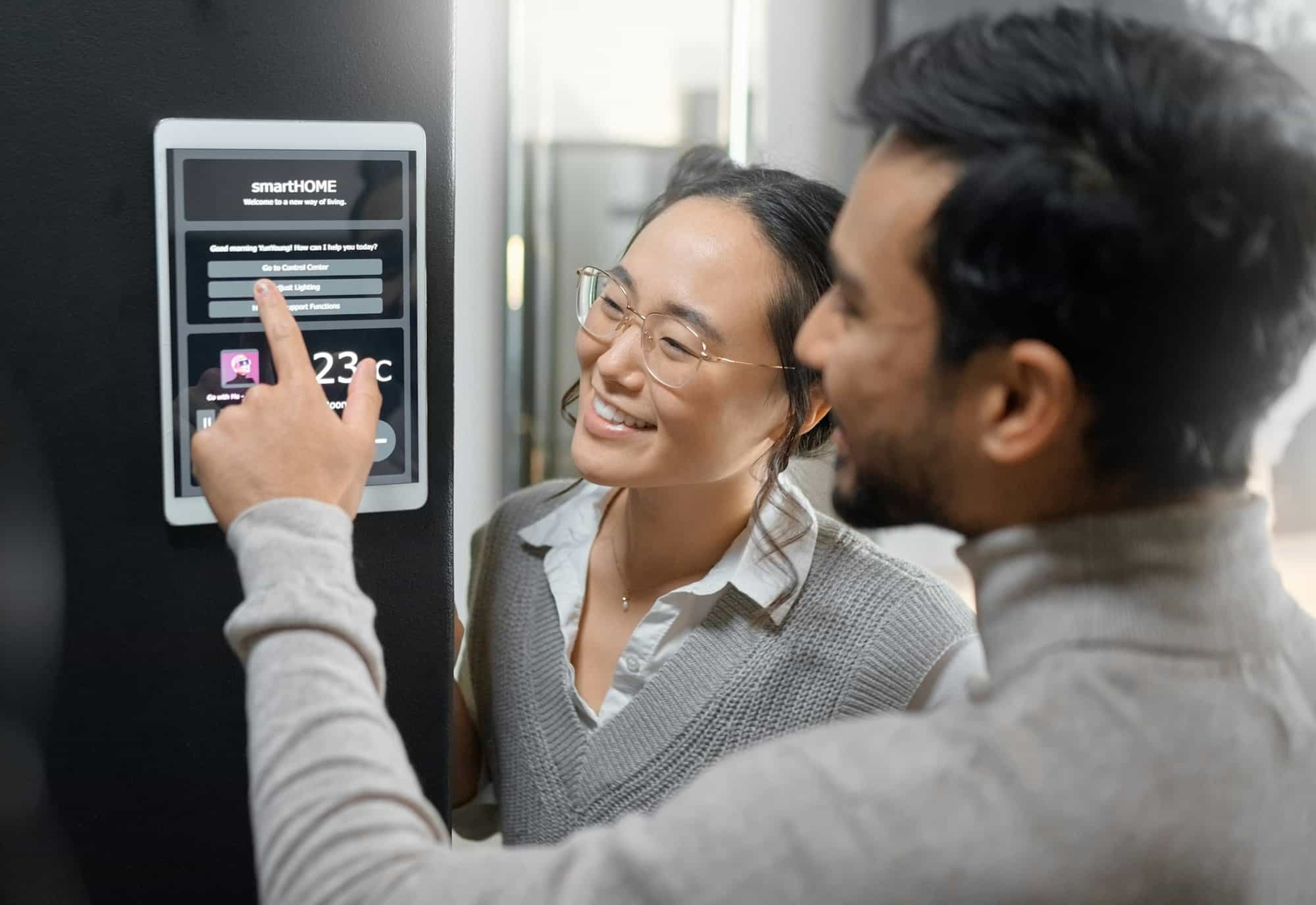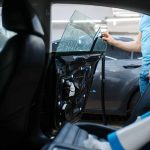Driving a van-sized vehicle can be a daunting task, especially when it comes to checking blind spots. Unlike other vehicles, vans have larger blind spots, potentially leading to accidents if not correctly managed. Nonetheless, with the right techniques and practices, you can drive vans with ease and confidence. Today, we will discuss the best practices for checking blind spots in van-sized vehicles.
The Importance of Checking Blind Spots in Van-Sized Vehicles
Before we delve into the techniques, it’s crucial to understand why checking blind spots in van-sized vehicles is essential. While driving, the parts of the road you can’t see from your line of sight or via your mirrors are known as blind spots. Even though all vehicles have these, the size and design of vans tend to create larger blind spots.
In the same genre : How important is the wheelbase length of a vehicle to its stability and safety?
Understanding Blind Spots in Vans
Vans are designed to transport goods or people. Consequently, the design emphasizes space and loading capacity. This often comes with structural elements that can obstruct your line of sight. For instance, most vans don’t have a rear-view mirror because the rear doors lack windows.
Furthermore, the size and shape of a van can create extensive areas that mirrors can’t cover. These usually include the area directly behind the van and the lanes beside the driver that aren’t visible in side mirrors.
In the same genre : Essential Guide to Scheduling Tire Rotation for Four-Wheel Drive Vehicles: Achieve Even Wear and Enhance Safety
The Risks Involved
Due to their size, vans are harder to maneuver, and their larger blind spots increase the risk of accidents. When drivers change lanes or reverse without properly checking blind spots, they might collide with other vehicles, pedestrians, or objects.
Blind spots are indeed a significant concern in road safety. According to the National Highway Traffic Safety Administration, about 840,000 accidents occur annually in the United States due to blind spots.
Techniques for Checking Blind Spots in Van-Sized Vehicles
Now that we have established the importance of checking blind spots in vans, we will discuss the best practices in doing so.
Adjusting Mirrors Correctly
The first step in reducing blind spots is adjusting your mirrors correctly. Side mirrors should be positioned to barely show the side of the van. This arrangement helps to maximize the coverage of the road behind you. For vans with a rear-view mirror, ensure that it gives the best possible view of the road behind.
Using Additional Tools
Additional tools such as wide-angle mirrors, convex mirrors, and rear cameras can greatly reduce blind spots. Wide-angle mirrors allow you to see more of the road behind, while convex mirrors cover wider areas to the sides. Rear cameras, on the other hand, provide a clear view of what’s directly behind the van when reversing.
Regular Checks
Even with properly adjusted mirrors, it’s crucial to regularly check your blind spots. Before changing lanes, glance over your shoulder to check the areas that your mirrors can’t cover. When reversing, apart from using your mirrors and rear cameras, also physically look behind the van to make sure the path is clear.
Driving with Awareness
While checking blind spots is necessary, driving with awareness is equally important in preventing accidents.
Understanding Other Road Users
Remember, you’re not the only one on the road. Be mindful of other road users and anticipate their moves. For instance, if you see a car in your mirror speeding up to overtake, wait for them to pass before you change lanes.
Maintaining Safe Distance
Maintaining a safe distance from the vehicle in front allows you more time to react if they suddenly brake or turn. The bigger the vehicle, the longer it takes to stop. Therefore, vans should always keep a larger gap than smaller vehicles.
Incorporating Technology
In the digital age, technology plays a pivotal role in enhancing road safety. When it comes to reducing blind spots, numerous technological solutions can be employed.
Install Blind Spot Detection Systems
Blind spot detection systems alert you when there’s a vehicle in your blind spot. Some systems even provide an additional layer of safety by warning you when you attempt to change lanes while another vehicle is in your blind spot.
Use of Dash Cameras
Dash cameras can also be a valuable tool. While they’re primarily used for recording incidents, they can also provide real-time video feeds, which can help you check your blind spots.
Satellite Navigation Systems
Satellite navigation systems, commonly known as sat-navs, can help you anticipate the road ahead. Some advanced systems even alert you about upcoming junctions and lanes, thus helping you plan lane changes in advance and reduce last-minute maneuvers that can lead to accidents.
Remember, safety is paramount while on the road. Understanding your van’s blind spots, checking them regularly, driving with awareness, and incorporating technology can significantly reduce the risk of accidents. Whether you’re a seasoned driver or a beginner, these best practices will come in handy in ensuring your safety and that of other road users.
Training and Preparation
Before stepping into the driver’s seat of a van-sized vehicle, adequate training and preparation are key to ensuring an understanding of the vehicle’s blind spots and the techniques to manage them effectively.
Driver’s Training
Enrolling in a specialized driver’s training course tailored for van-sized vehicles is an excellent way to gain practical knowledge and experience. Such training would typically cover aspects like adjusting mirrors, understanding blind spots, and maneuvering the vehicle safely. It also gives drivers the chance to practice these skills under the supervision of trained professionals.
Familiarizing with the Vehicle
Before you start driving, take the time to familiarize yourself with the vehicle. Understand its size, handling characteristics, braking distance, and, most importantly, its blind spots. Walk around the van, sit in the driver’s seat, adjust the mirrors, and get a feel for the vehicle. This simple exercise can greatly enhance your spatial awareness while driving.
Planning Your Route
Planning your route in advance can help you anticipate busy areas, complicated junctions, and tight spots where blind spots could pose a significant risk. Using a satellite navigation system can significantly assist in this regard by giving you real-time updates and guiding you through the safest and most efficient routes.
Conclusion
Evidently, checking blind spots in van-sized vehicles is a necessary skill to master to ensure road safety. It involves understanding the vehicle’s design, correctly adjusting mirrors, using additional tools, and regularly checking these unseen areas. Additionally, driving with awareness of other road users and maintaining a safe distance is key to avoiding unexpected incidents.
Incorporating technology like blind spot detection systems, dash cameras, and satellite navigation systems can further enhance safety by providing additional visual aids and alerts. However, these tools should supplement, not replace, good driving practices.
Finally, proper training, familiarizing oneself with the vehicle, and planning the route can prepare drivers for the road ahead.
As we drive into the future, let’s remember that safety is everyone’s responsibility. By practicing these best practices, we can ensure not just our safety, but also contribute to making the roads safer for everyone else.
















